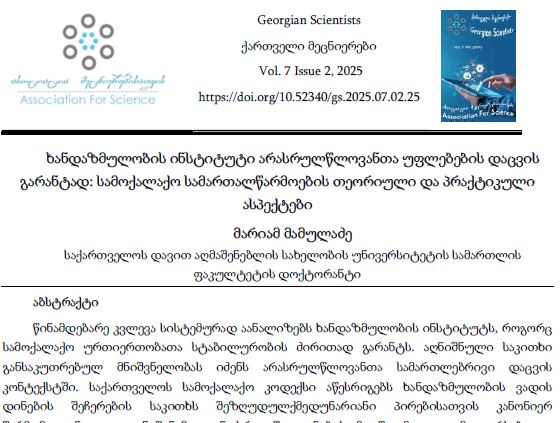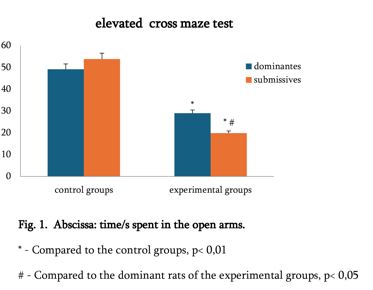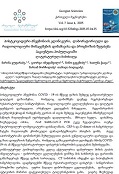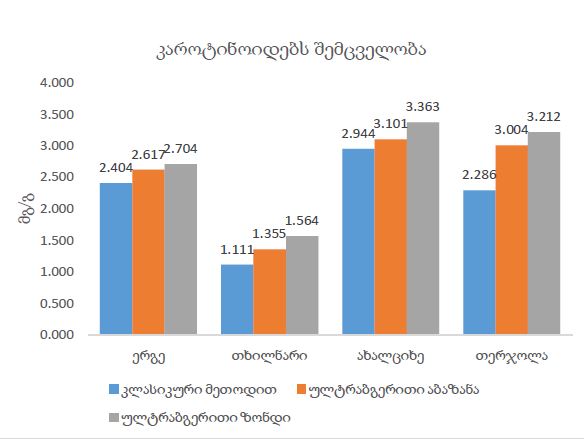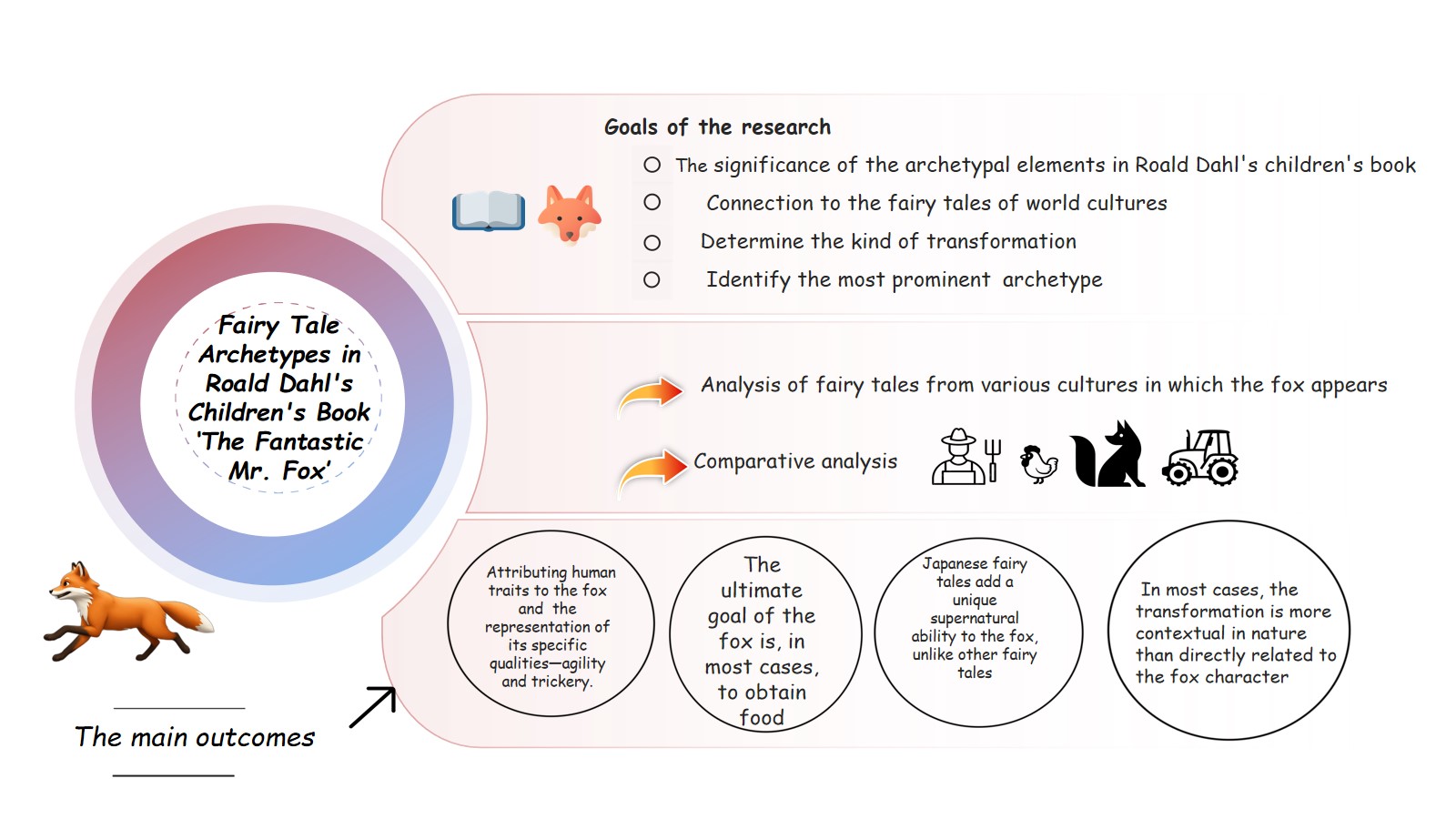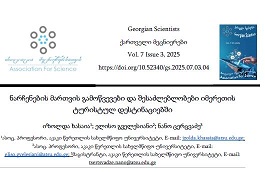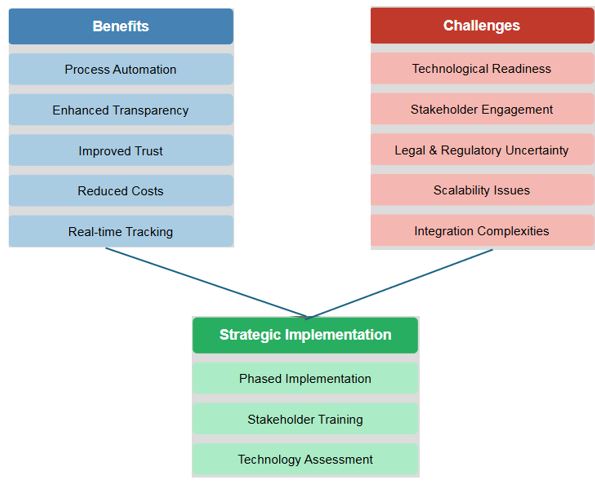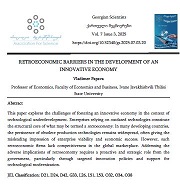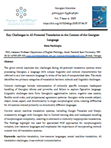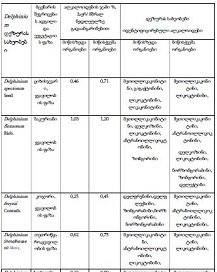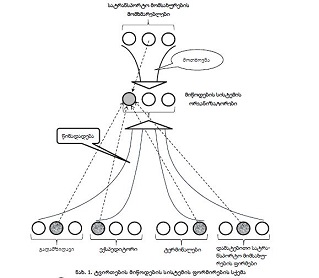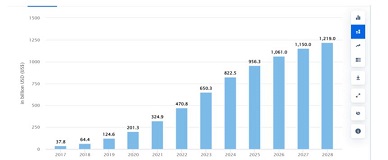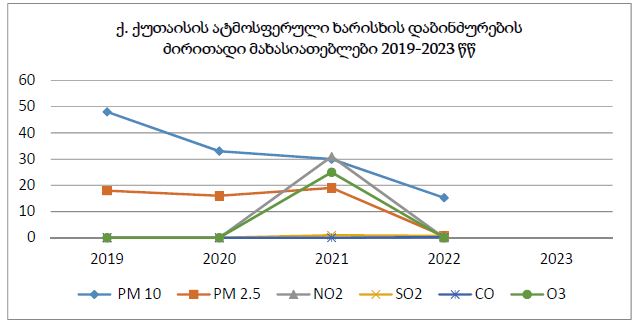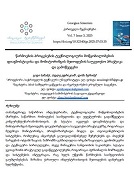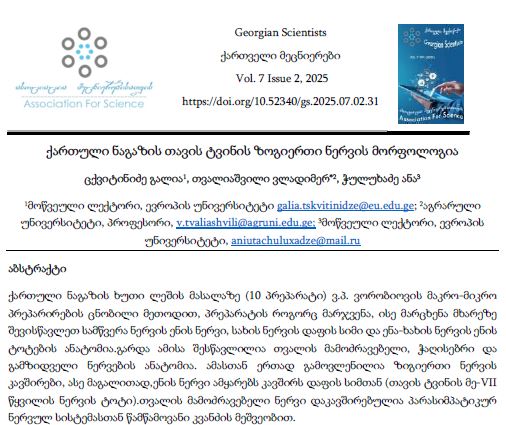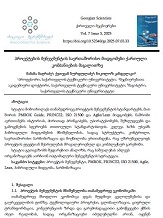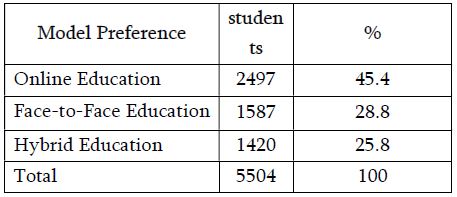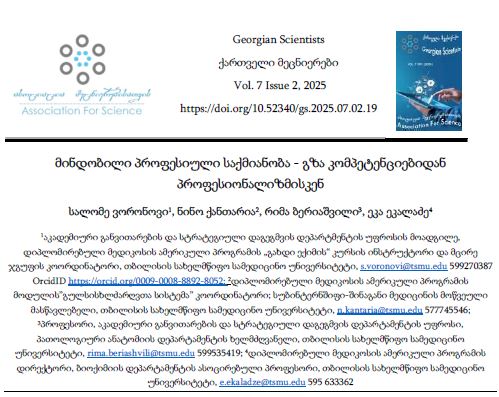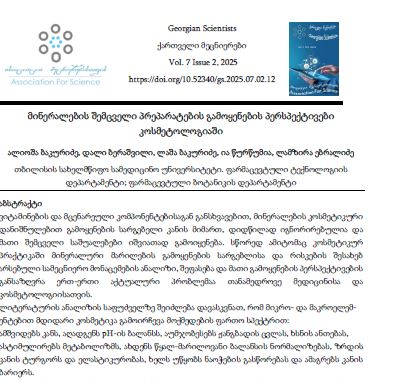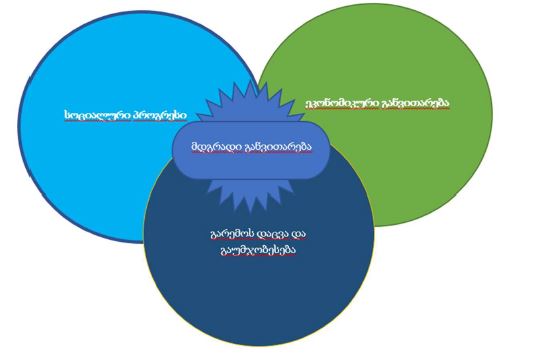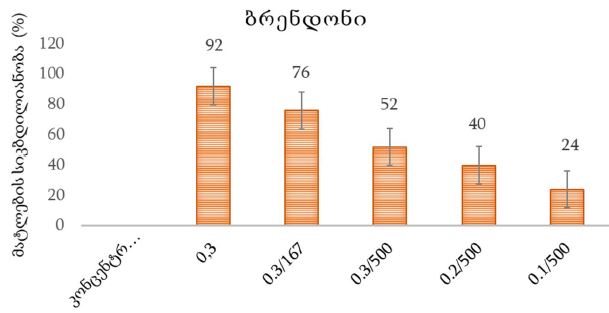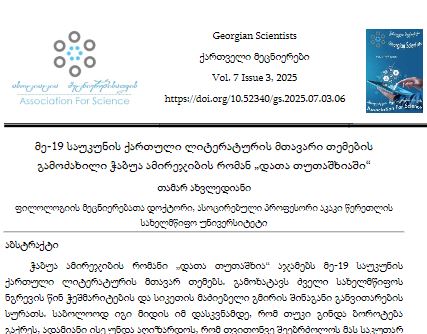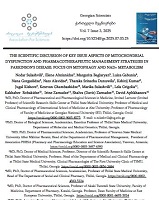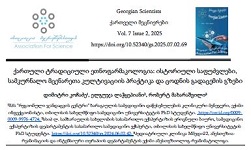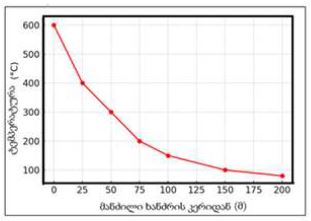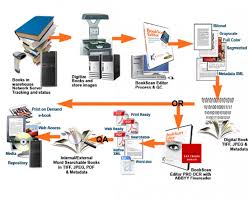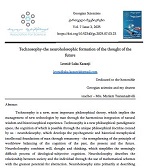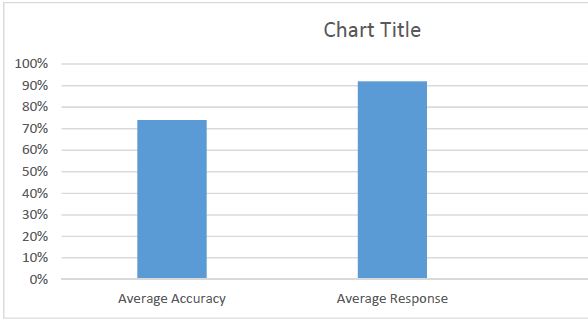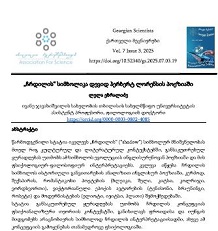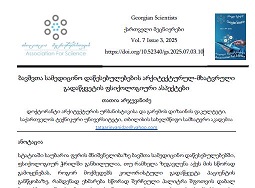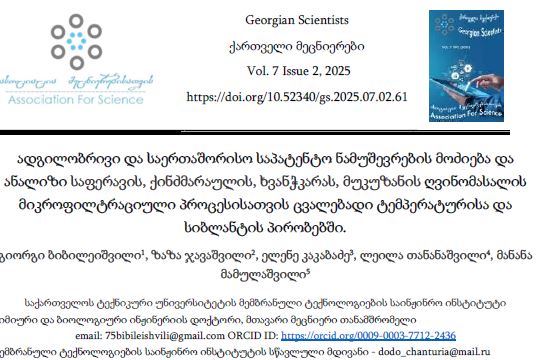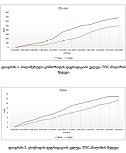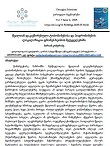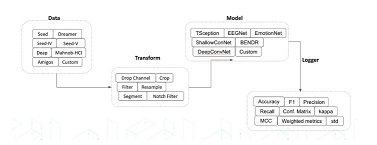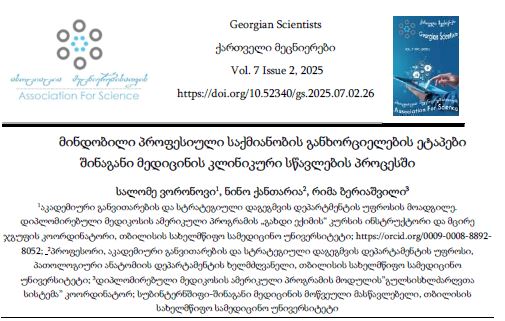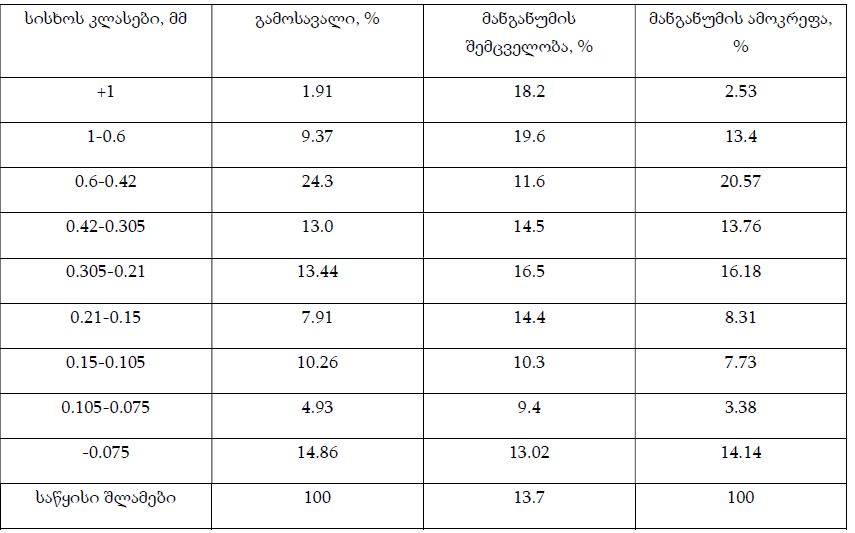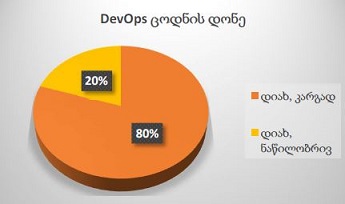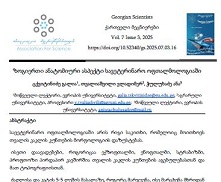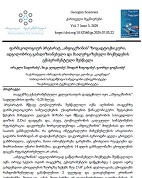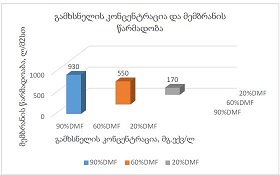Modern tendencies and development strategies of service marketing in international markets
Downloads
The article is about tendencies of the development of marketing and international strategies. Recently, the market share of services has been built up and that is why the role of importance of service marketing increasing. The service sector is still developing in the world economy and accounts for more than half of the total world production. The service industries differ from each other significantly. Service marketing strategies are distinct for local and international service companies. Service companies use marketing to position themselves strongly in a selected target market. The changing role of marketing in the service sector requires efficient management of customers, supply channels, markets, and profits. Three main trends have led to a change in the role of service marketing: The increasing importance of technological meditation, the changing role of the consumer and the professional, and the decreasing importance of the relational factor in consumer decision-making. These tendencies create a fundamental challenge for service marketing specialists to develop business strategies that incorporate dynamic changes in the business environment. Furthermore, main tendencies marketers working in service firms need to focus on 10 tendencies identified in the service sector for business success: personalization, understanding customer expectations, rehabilitee, simplicity, internationalization, packaging, rationing, vitality, and market spaces, and multidimensional competition. All of the above tendencies force marketers to adjust their strategies based on market needs and customers. Research shows that international service firms’ strategies and service marketing models provide new opportunities. In an international context, environmental factors have a significant impact on marketing strategy and the success of subsidiaries. It is important to understand the adoption needs and also to determine where and how to adopt. It has been proven that the service should be standardized at the beginning of the process because it can be done with lower costs and later adapted when the company sees its advantage. Consumers sometimes require specific conditions for adaption and information exchange to adapt to specific brands and terms of service. To implement good service marketing a balance between standardization and adaption at the international level is necessarily trying to balance the costs and benefits of adaptation assists companies succeed. The starting point for balancing external and internal factors of international companies is a correct marketing strategy. Marketing mix variables (product, price, place, and promotion) are considered in service marketing, these variables highlight the difference between the internationalization of services and goods. Product brand changes in case of service and 4P become 7P. The latter is a more complex brand design and adds additional service variables: physical evidence, process, and people. Proper management of these variables allows a firm to thrive in the service industry. External factors in the internationalization of services provide multifunctional firms with both challenges and opportunities in developing their marketing strategies. A frequently cited factor is culture, which provides information on who local consumers are, how they consume, how they select services, and how they interact with multinational firms. Market characteristics are also important for services in the adaptation process: market infrastructure, advertising, media availability, distribution structure, and market size. These features assist us to decide on standardization of adaption in marketing strategy. Another essential precursor to company standardization is competition and price adaptation, as well as promotion, which includes advertising media, sales promotion, public relations, discounts, and personal selling. Today’s world market is characterized by high competition, despite this, service companies manage to sell their products in new markets, they manage to do this by increasing brand awareness, by developing the right marketing strategy. Recently, the volume of products sold by well-known brands in Georgia has been increasing.
Downloads
Metrics
კოტლერი ფ., ამსტრონგი გ., 2015 : 264, ,,მარკეტინგის საფუძვლები“, ბაკურ სულაკაურის გამომცემლობა, თბილისი, გვ.264-265;
ქათამაძე გ., ქათამაძე დ., 2013:38, ,,მომსახურების მარკეტინგი“, გამომცემლობა ,,უნივერსალი“, თბილისი, გვ.38-39;
Boddewyn, J.J. Soehl, R. Picard, J. (1986) “Standardization in international marketing: Is ted Levitt in fact right?” Business Horizons nov- dec pp. 70.
Cavusgil, S.T. Zou, S. and Naidu, G.M. (1993), “Product and promotion in export venture: an empirical investigation”, Journal of International Business Studies, Vol. 24, No. 3, pp. 479-506.
Chung, F.L. (2010). “International marketing decision governance, standardization and performance: A framework in the cross-market scenario”. European Journal of Marketing. Vol. 44 No 11/12 pp. 1642-1666.
de Búrca, S., Fletcher, R. and Brown, L. (2004), “International Marketing – An SME perspective”, Prentice Hall, Harlow. Douglas, S.P. and Wind, Y. (1987), “The myth of globalization”, Columbia Journal of World Business, Vol, 22, No, 4, pp 19-30.
Edvardsson, B. (1988). “Service quality in customer relationships: a study of critical incidents in mechanical engineering companies”. The Service Industries Journal, vol. 8 No. 4 pp. 274-292.
Edvardsson et al. (1993). “Internationalization in service companies”, The Service Industries Journal, Vol: 13. Iss:1 pp: 80-97.
Ford, D., Gadde, L-E., Håkansson, H. and Snehota, I. (2003), Managing Business Relationships, Second Edition, John Wiley and Sons Ltd., Chichester, UK. Ghauri, P.N., Tarnovskaya, V. and Elg, U. (2008), „Market driving multinationals and their global sourcing network”, International Marketing Review, Vol. 25, No. 5. pp. 504-519.
Grönroos, C. (1999). “Internationalization strategies for services” Journal of Services Marketing, Vol. 13 Iss: 4/5, pp.290 - 297
Gummesson, E. (2005) "Qualitative research in marketing: Road-map for a wilderness of complexityand unpredictability", European Journal of Marketing, Vol. 39 Iss: 3/4, pp.309 – 327.
Heding, T. Knudtzen, C.F. and Bjerre, M. (2009), Brand Management – Research, Theory and Practice, Routledge, London. Hyder, A. Abraha, D. (2003) Strategic Alliances in Central and Eastern Europe, Pergamon, Amsterdam. Hyder, A. Abraha, D. (2008) “Institutional factors and strategic alliances in eastern and central Europe” Baltic Journal of Management Vol.3 Iss.3 pp 289-308.
Hyder, A. Fregidou-Malama, M. 2009, “Services marketing in cross-cultural environment: The case of Egypt”, Journal of Services Marketing, Vol. 23, No. 4, pp. 261-271.
Javalgi, R.G., Griffith, D.A. and White, D.S. (2003), “An empirical examination of factors influencing the internationalization of service firms”, Journal of Services Marketing, Vol. 17, No. 2, pp.185-01.
La, V. Styles, C. Patterson, P. (2005) 'Executive insights: Exporting services to Southeast Asia: Lessons from Australian knowledge-based service exporters', Journal of International Marketing, vol.13:4, pp. 104-128. 21
Lages, L.F., Abrantes, J.L. and Lages, C.L. (2008), “The STARTADAPT scale – a measure of marketing strategy adaptation to international business markets”, International Marketing Review, Vol. 25, No. 5, pp. 584-600.
Lewitt, T. (1983), “Globalization of markets”. Harward business review, may-june, pp 2- 11.
MBA Knowledge Base; ,,Services Marketing”, 10 Trend in the Services Seqtor in 21 st Centiry, 2021. https://www.mbaknol.com/services-marketing/10-trends-identified-in-the-service-sector-in-21st-century/
Medina, J:F: and Duffy, M:F. (1998), Standardization vs globalization: a new perspective of brand strategies”. Journal of Product and Brand Management, Vol 7 No. 3 pp. 223-43
Miles, M.B. and Huberman, A.M. (1994), Qualitative Data Analysis: An Expanded Sourcebook, sage, Thousand Oaks, CA Nijssen, E and van Herk, H. (2009) American Marketing Association, Vol. 17 iss:1 pp 91- 115.
Osarenkhoe, A. (2010) “A Study of inter-firm dynamics between competition and cooperation. A coopetition strategy” Journal of Database Marketing and Customer Strategy Management. Vol.17, pp, 201–221
Ryans Jr, J.K. Griffith, D.A. Steven White, D. (2003), “Standardization/adaptation of international marketing strategy”, International Marketing Review, Vol. 20, No. 6, pp 593.
Sorenson, R. Wiechmann, V. (1975). “How multinationals view marketing standardization” Harward Business Review, 53(3), pp 38-167.
Styles, C. Patterson, V. (2005) "Determinants of export performance across service types: a conceptual model", Journal of Services Marketing, Vol. 19 Iss: 6, pp.379 - 391
Schuh, A. (2000), “Global standardization as a success formula for marketing in Central Eastern Europe?” Journal of World Business, Vol.35, No. 6, pp. 133-148.
Theodosiou, M. and Leonidou, L.C. (2003), “Standardization versus adaptation of international marketing strategy: an integrative assessment of the empirical research”, International Business Review, Vol. 12, pp. 141-171.
Wong, H. Y. and Merrilees, B. (2009), Services versus product brands: understanding international adaptation. International Business and Entrepreneurship Development, Vol.4, No.3, pp. 231-242.
Zeithaml, V.A., Bitner, M.J. and Gremler, D.D. (2006), Services Marketing: Integrating customer focus across the firm, 4th edition, McGraw-Hill, Boston. 23
Zhiyi, A and Massingham. P. (2007) “National culture and the standardization versus adaptation of knowledge management” Journal of Knowledge Management, Vol. 11, No. 2,pp 5-21.
Zou, S. and Cavusgli, S.T. (1996), “Global strategy: a review and an integrated conceptual framework”, European Journal of Marketing, Vol. 30. 1. Pp. 52-69.

This work is licensed under a Creative Commons Attribution-NonCommercial-NoDerivatives 4.0 International License.






